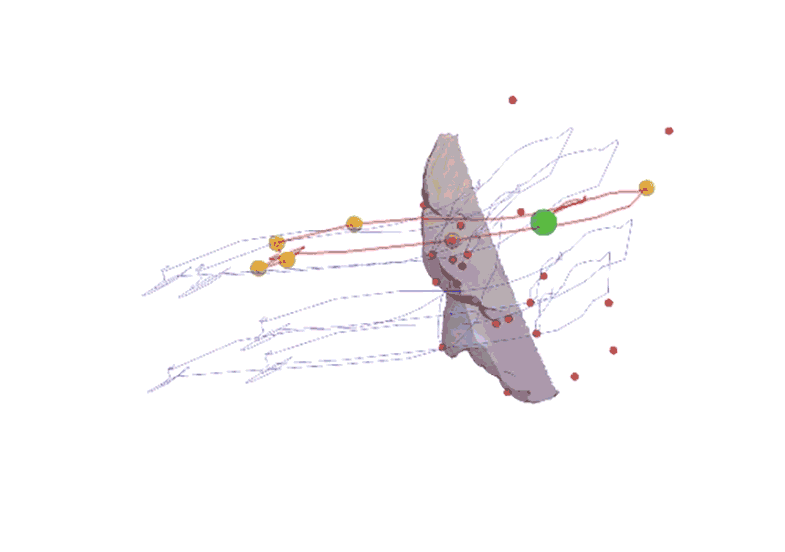The Problem
Abrupt vehicle maneuvers that occur before a crash can affect occupant postures, and in turn may influence the response of occupant safety systems. These include advanced driver assistance systems (ADAS) or automated driving systems (ADS). Previous research suggests that participant awareness affects the magnitude of responses however, this has not been studied with a large sample size, or investigated among a wide variety of participants.
The Question
Can passenger response to evasive maneuvers be modeled in order to enhance future vehicle restraint systems?

What We Did
To accurately observe reactions to unexpected maneuvers, the purpose of the study was witheld from participants. They understood it to be vehicle ride and handling characteristics. The group included 87 volunteers for observation across a wide variety of body types and age groups.
The testing site was at the University of Michigan’s Mcity proving ground, with participants riding in the front passenger seat of a late-model sedan. The study pulled a wide range of anthropometric data from each participant, including 3D body scans, while vehicle sensors recorded both vehicle and participant movements. Passenger head motions were also tracked using a custom designed system based on a Microsoft Kinect sensor.
Over the short drive around the Mcity facility, participants answered questions about the vehicle ride quality before the ride was interrupted by an unexpected maximal braking event at 35 mph. Deceleration peaked at approximately 1g. After the drive resumed, participants experienced a sharp right turn with maximal braking, followed by an abrupt lane change and another maximal braking event.
The Result
Based on video review of facial reactions, nearly all participants were surprised by the first maximal braking event. The study measured the excursion of the estimated head center of gravity (CG) in order to approximate passenger response to both braking and lane change events, factoring in vehicle motion, age, height, weight and gender. They found that passenger posture could not be accurately predicted from the data collected.
The conclusion from these results is that consideration of posture for future crash injury protection may require direct occupant posture state detection.
This project is in collaboration with the University of Michigan Transportation Research Institute.
